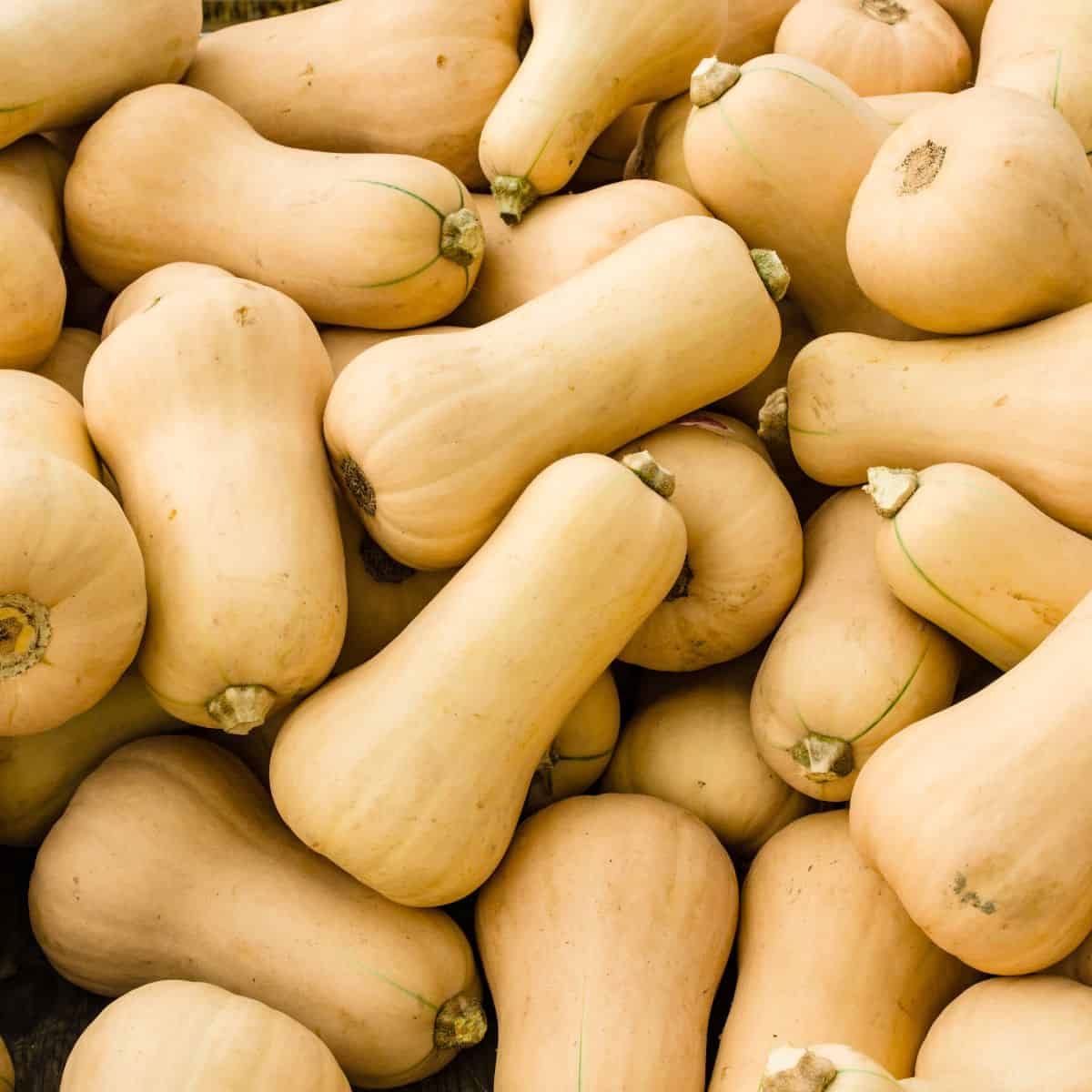

Articles
How To Store Butternut Squash
Modified: December 7, 2023
Discover the best methods for storing butternut squash in our informative articles. Keep your harvest fresh and delicious all season long with these expert tips.
(Many of the links in this article redirect to a specific reviewed product. Your purchase of these products through affiliate links helps to generate commission for Storables.com, at no extra cost. Learn more)
Introduction
Butternut squash is a delicious and versatile vegetable that is known for its sweet and nutty flavor. Packed with essential nutrients and antioxidants, it is a popular choice for soups, stews, roasts, and even desserts. If you find yourself with an abundance of butternut squash, or simply want to stock up for the colder months, proper storage techniques are crucial to ensure its longevity.
In this article, we will guide you through the process of storing butternut squash to preserve its freshness, flavor, and nutritional value. Whether you plan on keeping it for a few weeks or several months, we’ll provide you with practical tips and techniques for both short-term and long-term storage.
So, roll up your sleeves and get ready to learn how to store butternut squash like a pro!
Key Takeaways:
- Store butternut squash in a cool, dry place for long-term freshness. Follow proper preparation and storage techniques to enjoy this versatile vegetable in various recipes throughout the year.
- Freezing butternut squash is a convenient option for long-term storage. Blanch, dry, and pack the squash for freezing, and enjoy its taste and nutrition for up to 12 months.
Read more: How To Store Butternut Squash In Freezer
Selecting the Perfect Butternut Squash
When it comes to storing butternut squash, selecting the right ones is the first step towards ensuring optimal storage conditions. Here are some tips to help you choose the perfect butternut squash:
- Size and Weight: Look for butternut squash that feels heavy for its size. This indicates that it has a higher water content and is less likely to be overripe or dry.
- Color: Opt for squash with a uniform tan or beige color. Avoid any squash with green or white patches, as they may not be fully ripe.
- Firmness: Gently press the squash with your thumb. It should feel firm and not give in easily to pressure. Avoid squash that feels soft or mushy, as it may indicate signs of decay.
- Stem and Skin: Check the stem of the squash. It should be intact and not detached or missing. Additionally, the skin should be smooth and free from any blemishes or cuts.
By following these guidelines, you can ensure that you start with high-quality butternut squash, which will have a better chance of staying fresh during storage.
Preparing Butternut Squash for Storage
Before storing butternut squash, it’s important to properly prepare it to ensure maximum freshness and quality. Follow these steps to prepare your squash for storage:
- Cleaning: Start by cleaning the outer skin of the squash. Use a damp cloth or a soft brush to gently remove any dirt or debris. Avoid using soap or harsh chemicals, as they can affect the flavor and quality of the squash.
- Trimming: Trim off the stem and the blossom end of the squash using a sharp knife. This will help prevent any moisture or bacteria from entering through these areas.
- Peeling: Peeling the butternut squash is optional, but it can help improve the texture and presentation of certain dishes. If you decide to peel the squash, use a vegetable peeler or a sharp knife and carefully remove the skin. Make sure to remove only the outer skin and not too much of the flesh.
- Seeding: Cut the squash in half lengthwise and scoop out the seeds and the fibrous center using a spoon. The seeds can be saved for roasting or discarded, depending on your preference.
- Cutting: Depending on your storage needs and recipe requirements, cut the squash into evenly sized cubes or slices. This will make it easier to portion out and use when needed.
Once your butternut squash is thoroughly cleaned and prepared, you are ready to store it using the appropriate methods.
Storing Butternut Squash in a Cool and Dry Place
A cool and dry place is the ideal environment for storing butternut squash. Follow these steps to ensure your squash stays fresh:
- Curing: Before storing, it’s beneficial to cure the squash for a week or two in a warm and dry location. This helps toughen the skin, extend the shelf life, and enhance the flavor. Choose a well-ventilated area with a temperature range between 50-60°F (10-15°C).
- Arrange: Place the cured butternut squash in a single layer on a rack or a shelf, ensuring that they are not touching each other. This helps with air circulation and prevents any potential bruising or rotting from contact.
- Temperature and Humidity: Ideally, the storage area should have a temperature between 50-55°F (10-13°C) with low humidity. Avoid storing the squash in areas with high moisture levels, as it can lead to mold and decay.
- Inspect Regularly: Check on your stored squash regularly and remove any squash that may show signs of spoilage. This helps prevent the spread of decay to other healthy squash.
When stored properly, butternut squash can stay fresh for up to 1-3 months, depending on the initial quality and storage conditions.
Note: Avoid storing butternut squash near fruits that produce ethylene gas, such as apples, pears, or bananas. Ethylene gas can accelerate the ripening process and cause the squash to spoil quickly.
Store butternut squash in a cool, dry place with good air circulation, such as a pantry or cupboard. Avoid storing it in the refrigerator, as the cold can cause the squash to spoil more quickly.
Using the Refrigerator for Short-term Storage
If you only need to store your butternut squash for a short period, such as a few days to a week, the refrigerator can be a convenient option. Here’s how to properly store butternut squash in the refrigerator:
- Preparation: Follow the steps mentioned earlier for cleaning and preparing the squash.
- Wrap: Wrap the prepared butternut squash tightly in plastic wrap or place it in a sealed plastic bag. This helps prevent moisture loss and keeps the squash from absorbing any flavors or odors from other foods in the refrigerator.
- Temperature: Set your refrigerator to a temperature between 40-50°F (4-10°C). This cool temperature helps maintain the quality of the squash.
- Location: Place the wrapped squash in the crisper drawer or a dedicated storage compartment in your refrigerator. This helps provide a stable temperature and minimizes the risk of the squash getting crushed or damaged by other items.
- Expiration: Remember that butternut squash stored in the refrigerator has a shorter shelf life compared to storing it in a cool and dry place. Use the squash within 1-2 weeks for optimal freshness.
It’s worth noting that refrigeration can cause some changes in texture and flavor, as the cold temperatures can slightly alter the squash’s cellular structure. Therefore, it’s best to reserve refrigerator storage for short-term purposes.
Now you know how to keep your butternut squash fresh in the refrigerator for those occasions when you need it within a shorter timeframe.
Read more: How To Store Butternut Squash For The Winter
Freezing Butternut Squash for Long-term Storage
If you want to store butternut squash for an extended period, freezing is a great option. Follow these steps to freeze your butternut squash:
- Preparation: Start by cleaning, trimming, peeling, seeding, and cutting the butternut squash into desired cubes or slices.
- Blanching: Blanching the squash helps preserve its color, texture, and flavor. Bring a pot of water to a boil and carefully add the prepared squash. Blanch small cubes for 3-4 minutes and larger slices for 5-7 minutes. After blanching, immediately transfer the squash to an ice bath to stop the cooking process.
- Drain and Dry: Drain the blanched squash and pat them dry with a clean kitchen towel or paper towel. Removing excess moisture helps prevent ice crystals from forming during freezing.
- Packaging: Place the dried squash in airtight freezer-safe containers or freezer bags. Leave some headspace to allow for expansion during freezing, and make sure to remove any excess air from the bags.
- Labeling: Write the date and contents on the containers or bags to keep track of their freshness.
- Freezing: Place the containers or bags in the freezer, making sure they are placed on a flat surface. Arrange them in a way that allows for efficient air circulation and quick freezing.
- Storage Duration: Butternut squash can be stored in the freezer for up to 12 months. However, for the best quality, try to consume it within 6-8 months.
When you’re ready to use the frozen squash, thaw it in the refrigerator overnight or use it directly in recipes that call for cooked or pureed squash.
Freezing butternut squash is a convenient way to enjoy its taste and nutrition throughout the year, and it’s a great option for those with a surplus of squash.
Tips for Extending the Shelf Life of Butternut Squash
To ensure the longest possible shelf life for your butternut squash, follow these tips:
- Handle with care: Avoid dropping or roughly handling the squash, as it can bruise and lead to faster decay.
- Store intact: It’s best to store butternut squash in its whole form until you are ready to use it. Cutting or peeling the squash exposes more surface area to air and can accelerate spoilage.
- Rotate regularly: If storing multiple butternut squash, periodically rotate them to ensure they receive equal airflow and prevent any squash from becoming overlooked and spoiling.
- Avoid washing: Do not wash the squash unless absolutely necessary, as excess moisture can cause premature decay. Always clean the squash right before use.
- Keep away from sunlight: Store butternut squash in a dark, cool place away from direct sunlight, as exposure to light can cause the squash to deteriorate quickly.
- Inspect for spoilage: Regularly check your stored squash for any signs of mold, soft spots, or unpleasant odors. Remove any spoiled squash immediately to prevent the spread of decay.
- Consider canning or preserving: If you have an abundance of butternut squash, consider canning or preserving it in various forms, such as purees, soups, or sauces. This can extend the shelf life and provide convenient options for future use.
By following these tips, you can maximize the shelf life of your butternut squash and minimize food waste.
Conclusion
Properly storing butternut squash is essential to maintain its freshness, flavor, and nutritional value. With the right techniques, you can enjoy the delicious taste of butternut squash long after it’s harvested. Whether you choose to store it in a cool and dry place, use the refrigerator for short-term storage, or freeze it for long-term storage, following the correct steps ensures the best results.
Remember to select high-quality butternut squash, prepare it carefully, and choose the appropriate storage method based on your needs. While storing butternut squash, it’s essential to regularly inspect it for any signs of spoilage and promptly remove any damaged squash to prevent the spread of decay.
By following the tips outlined in this article, you can extend the shelf life of butternut squash and enjoy its deliciousness in various recipes throughout the year. So, whether you’re a fan of roasted butternut squash, soups, or hearty stews, you can always have this versatile vegetable on hand.
Now that you’re equipped with the knowledge of how to store butternut squash like a pro, go ahead and stock up on this delightful vegetable. Enjoy the flavors of the season and make the most of its nutritional benefits!
Frequently Asked Questions about How To Store Butternut Squash
Was this page helpful?
At Storables.com, we guarantee accurate and reliable information. Our content, validated by Expert Board Contributors, is crafted following stringent Editorial Policies. We're committed to providing you with well-researched, expert-backed insights for all your informational needs.
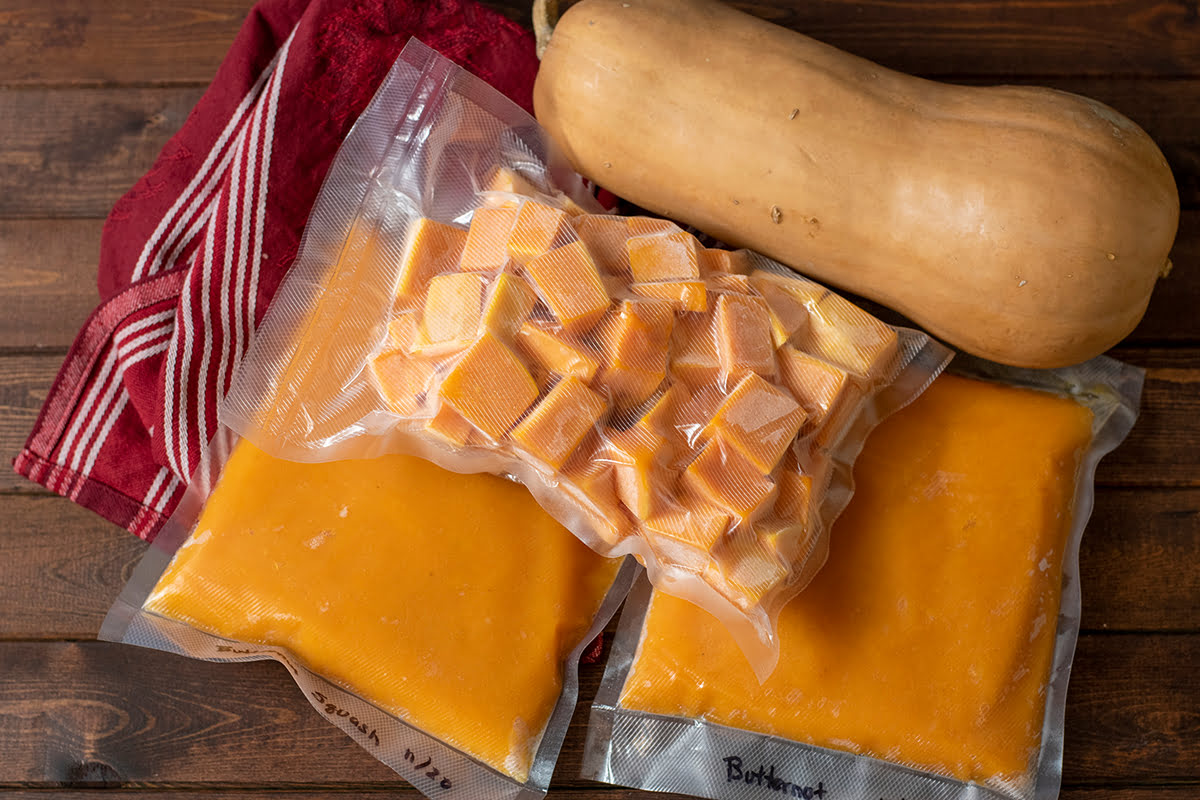
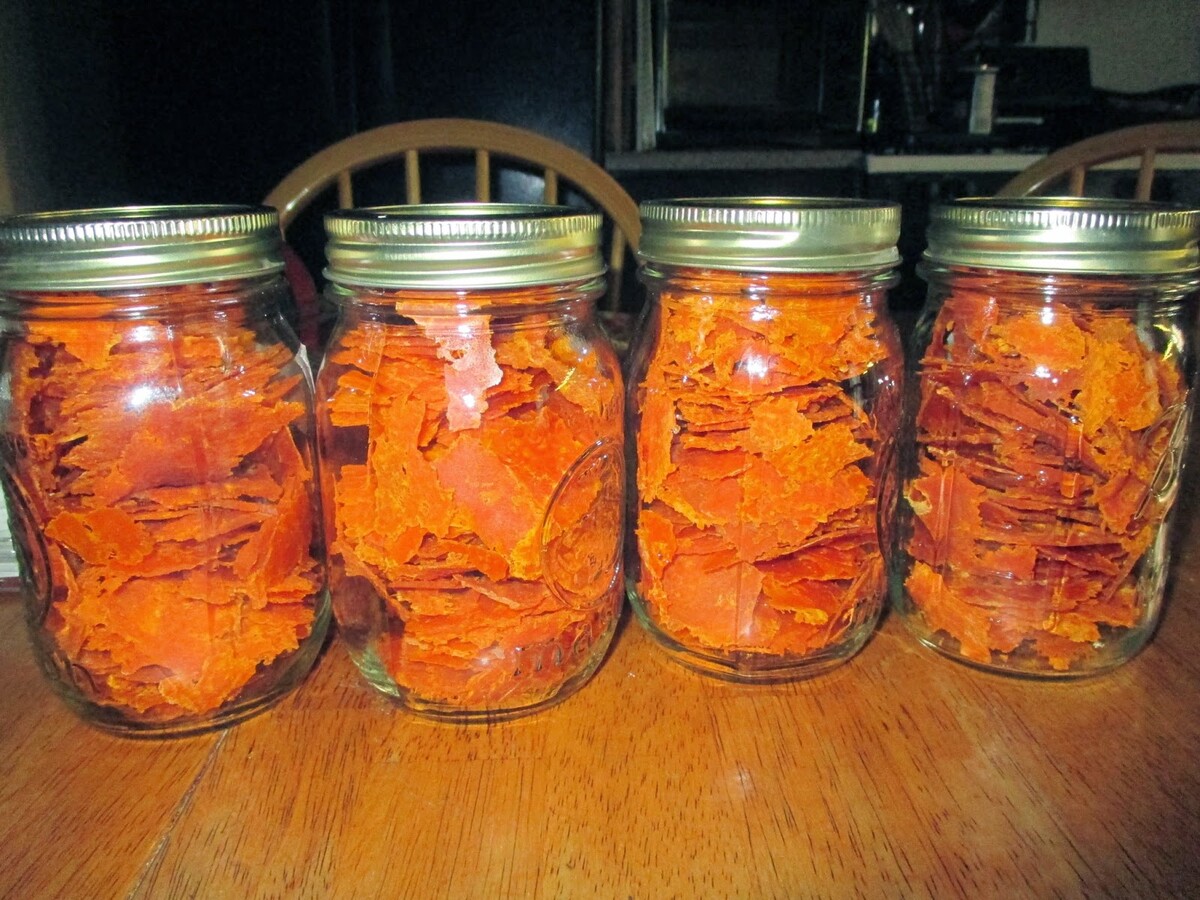
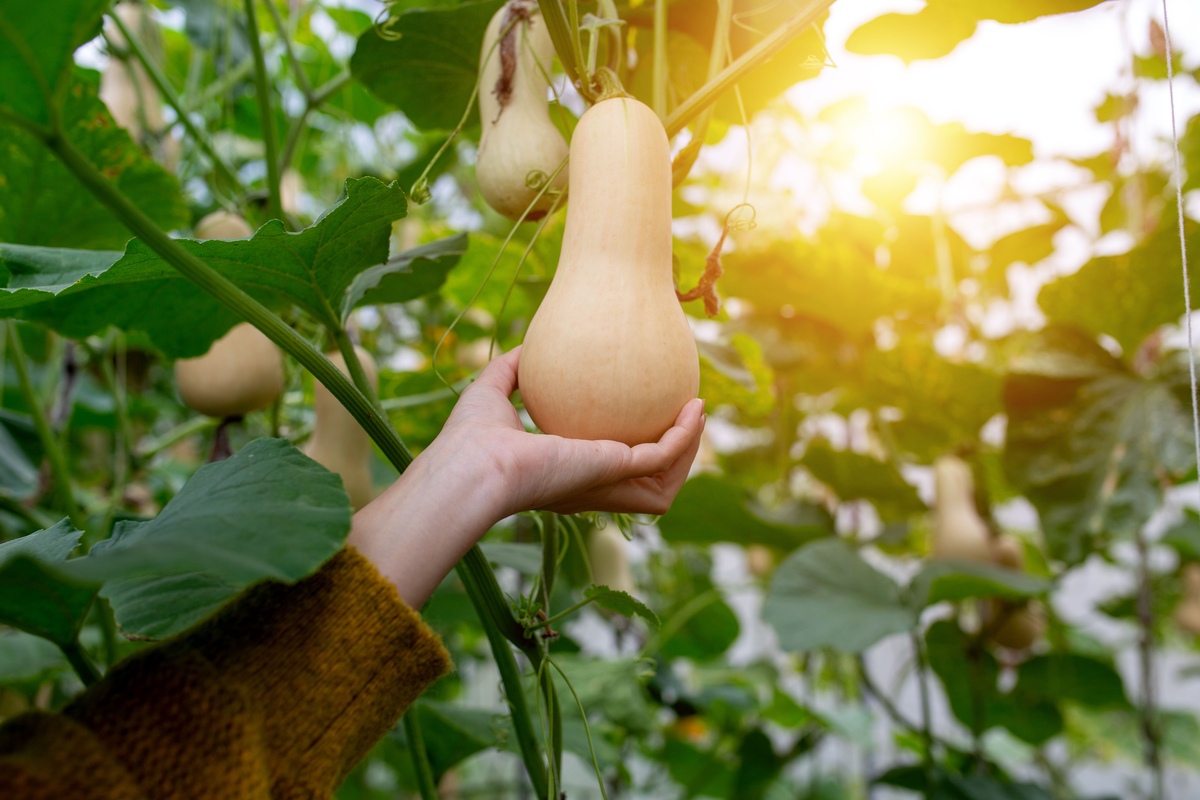
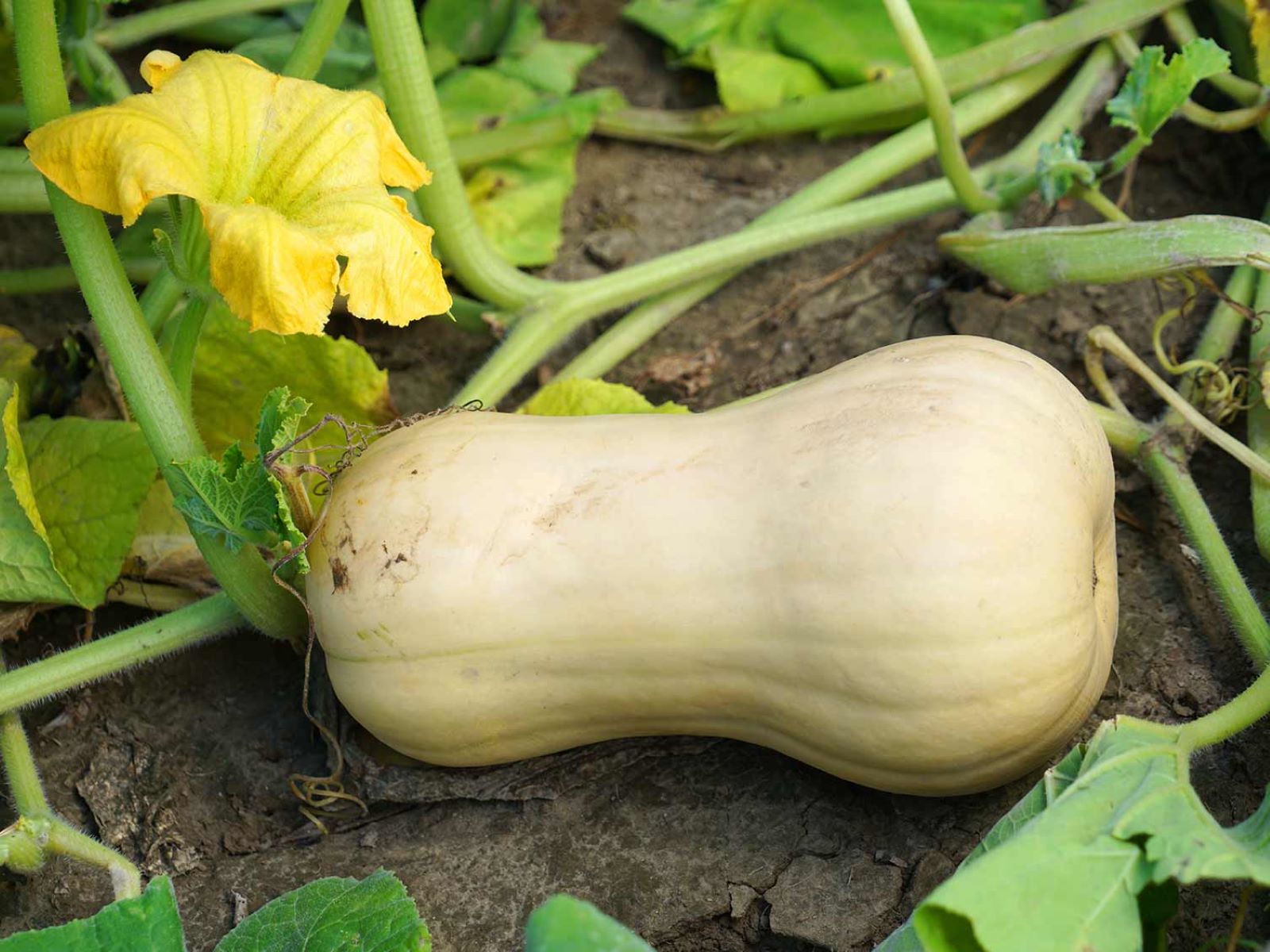
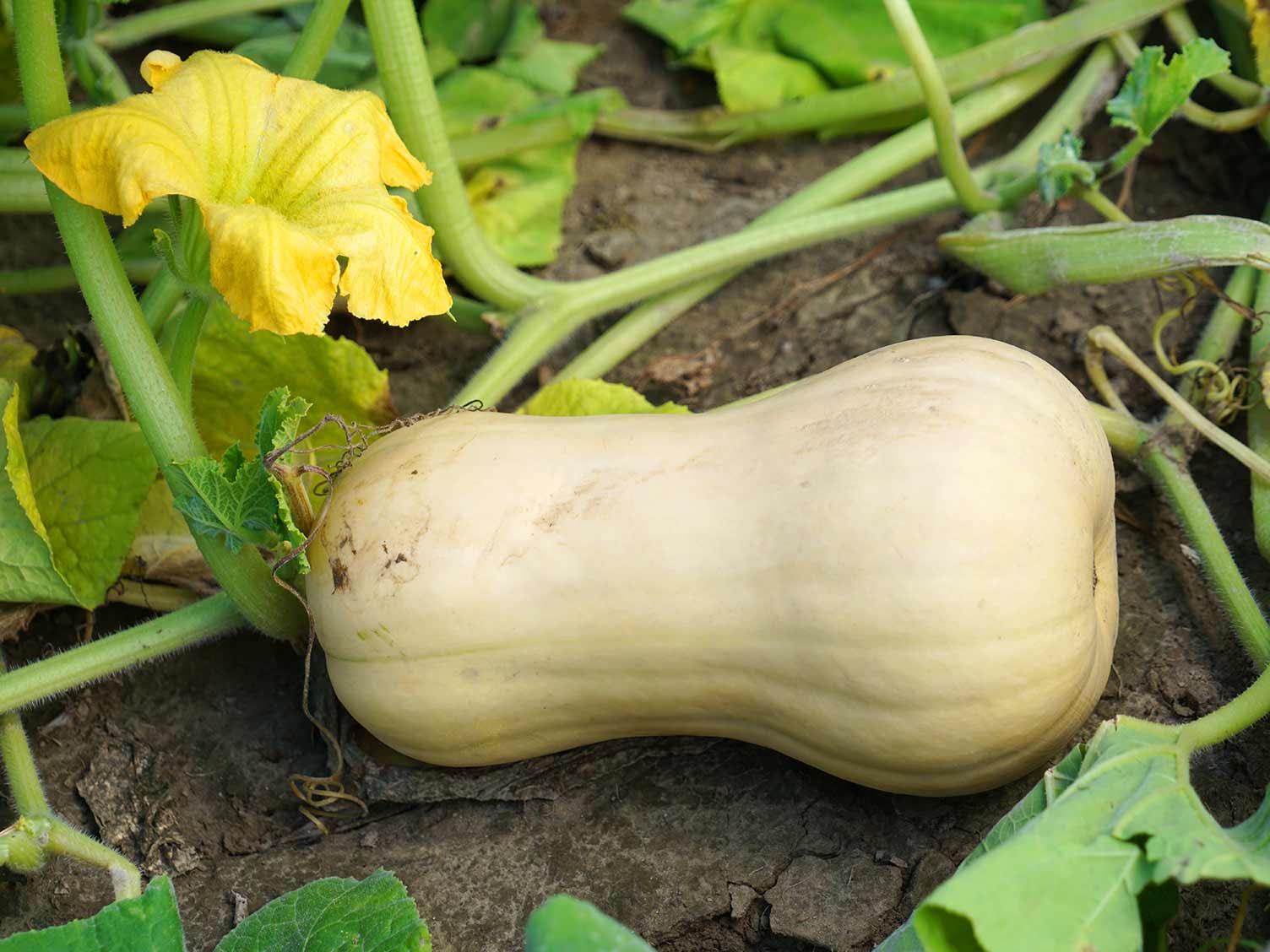
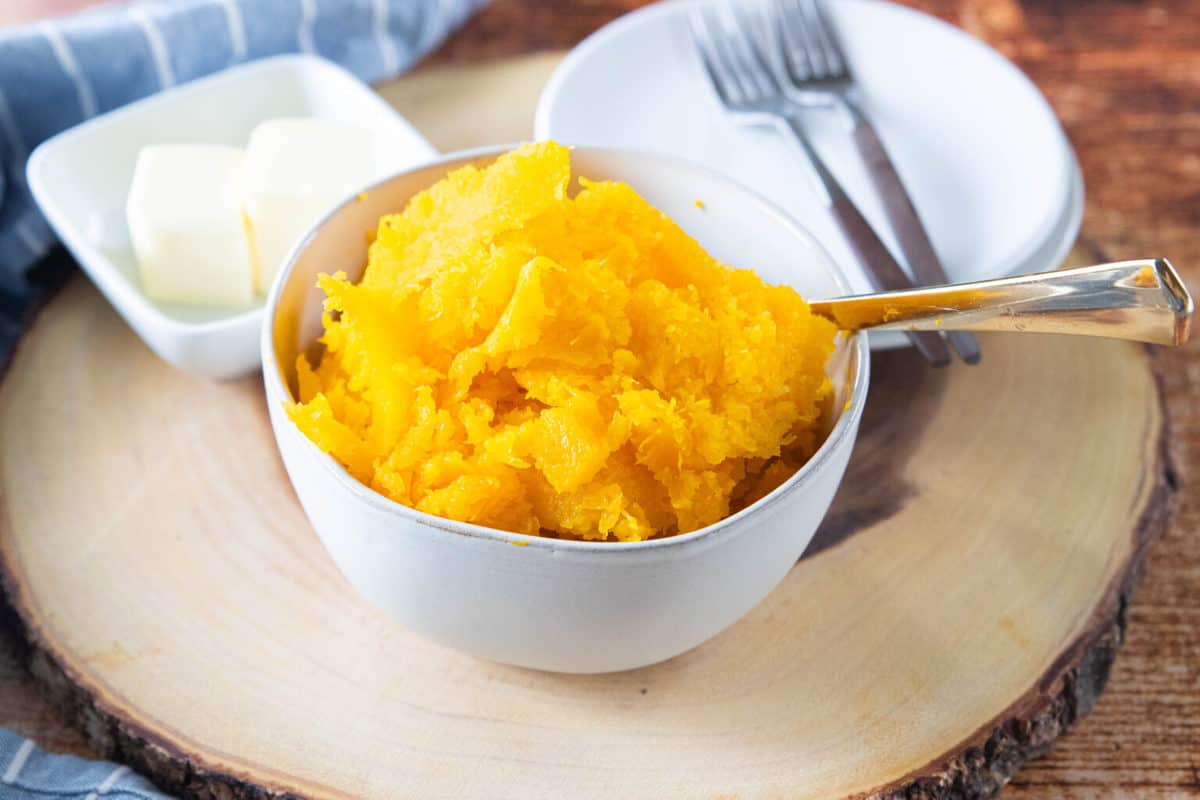
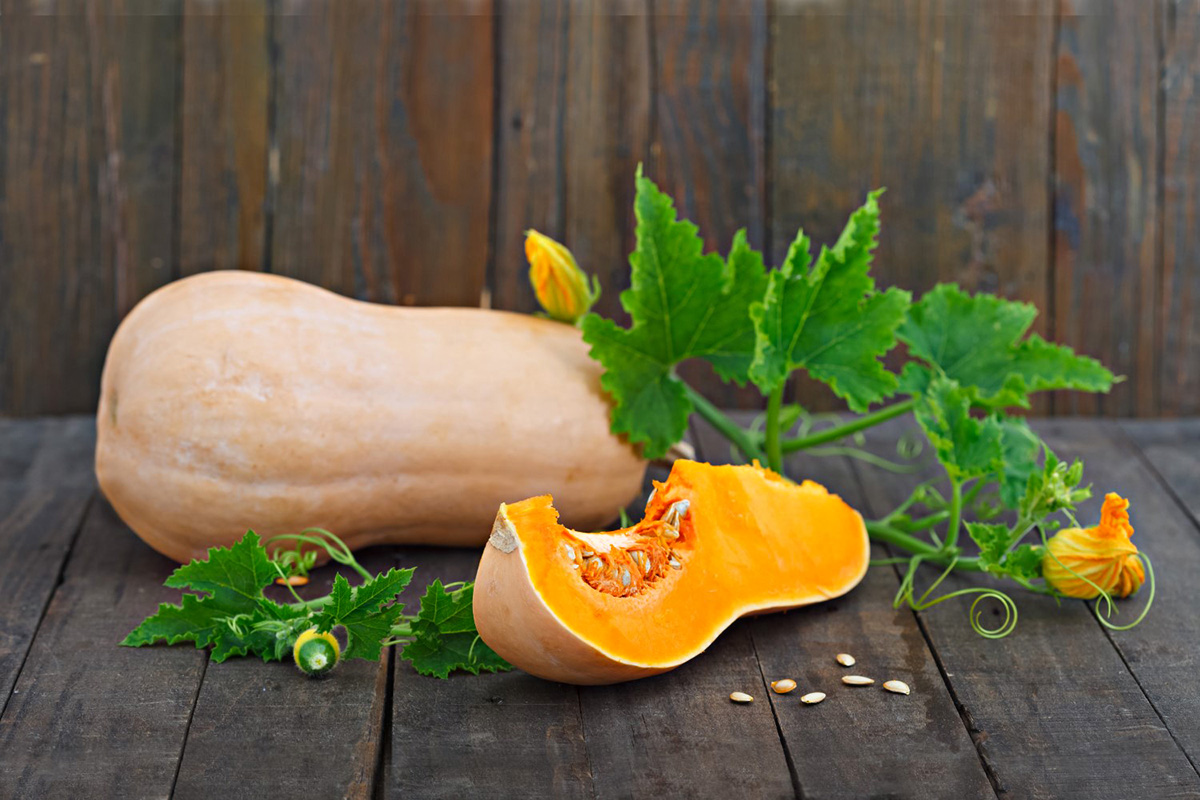
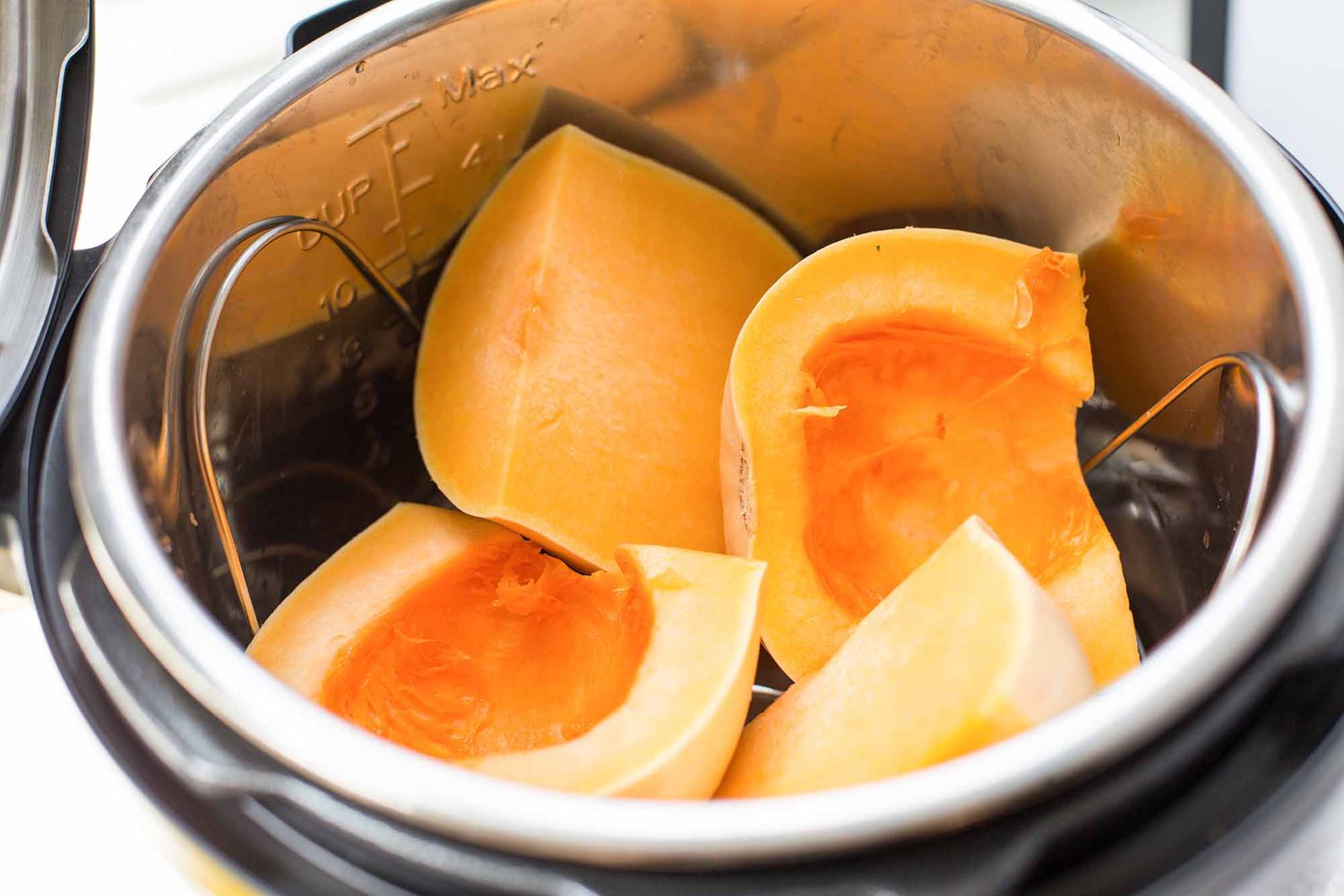
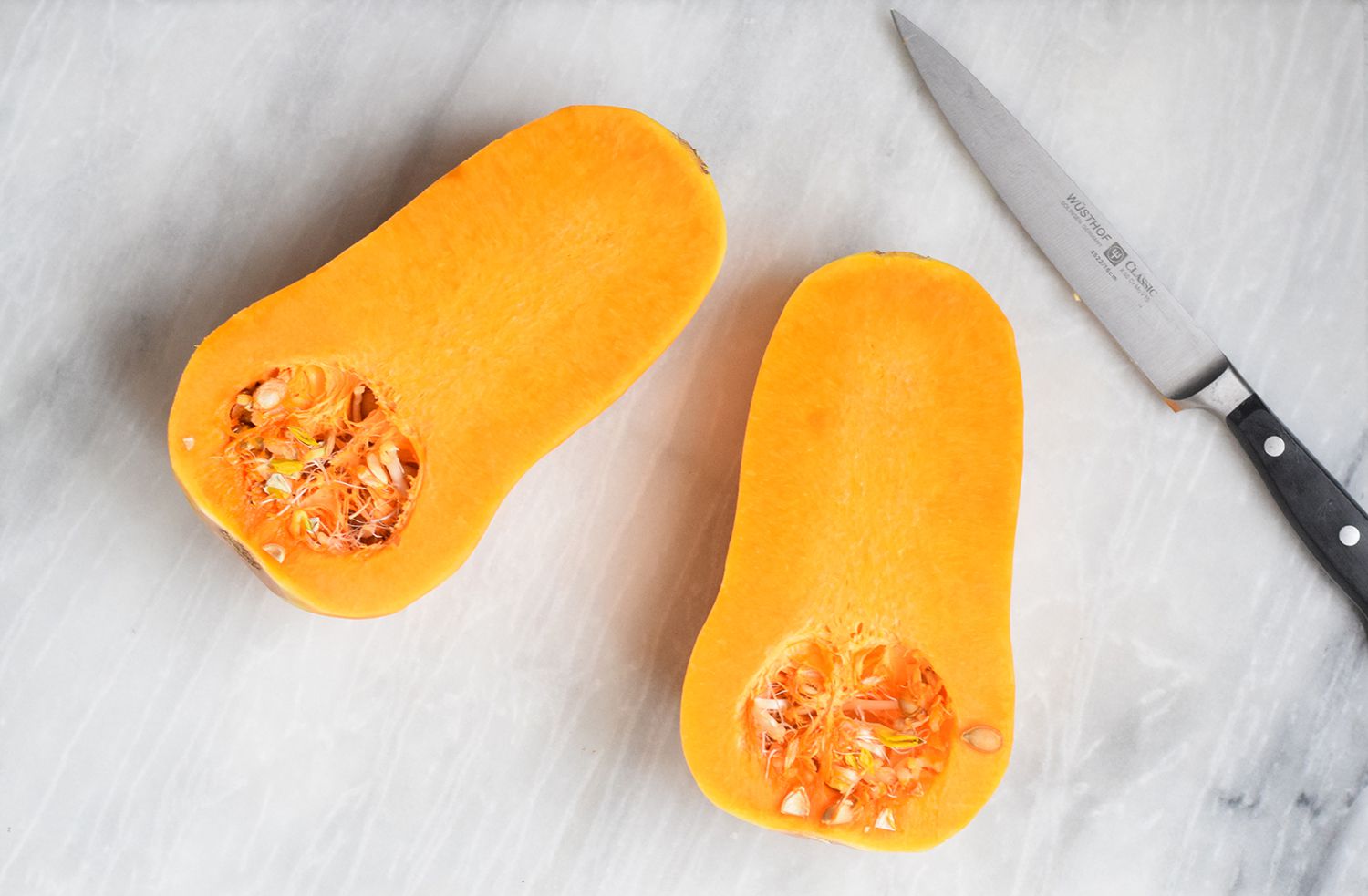
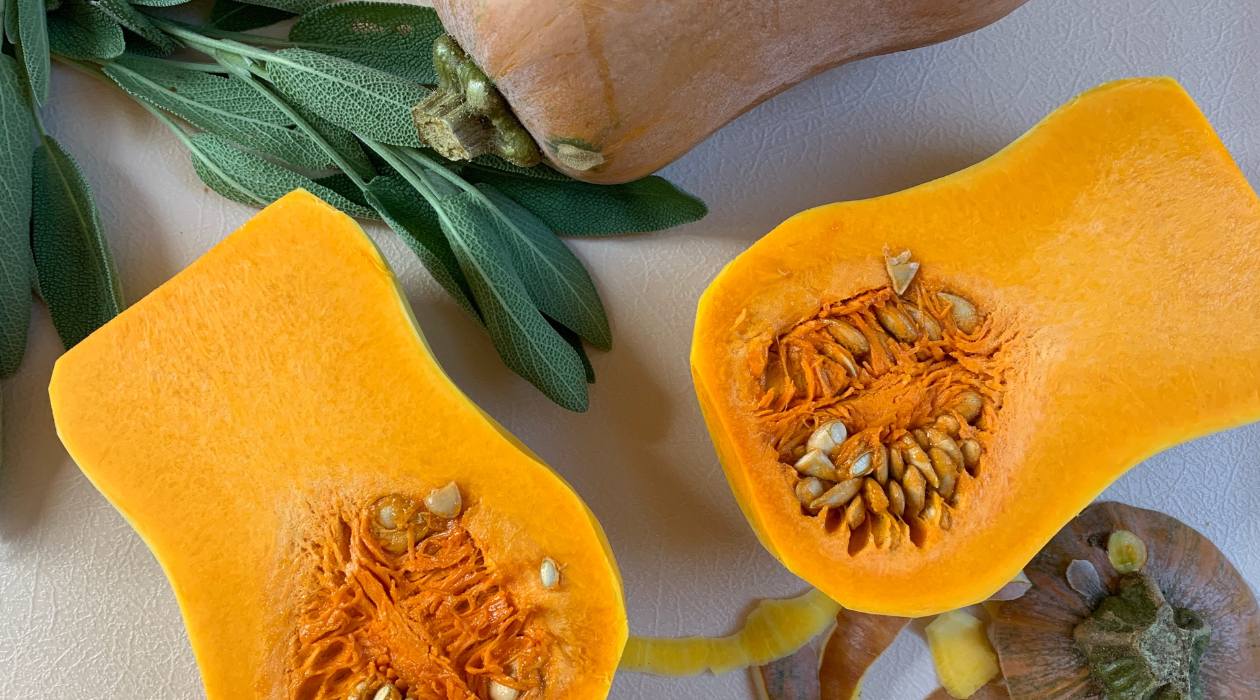
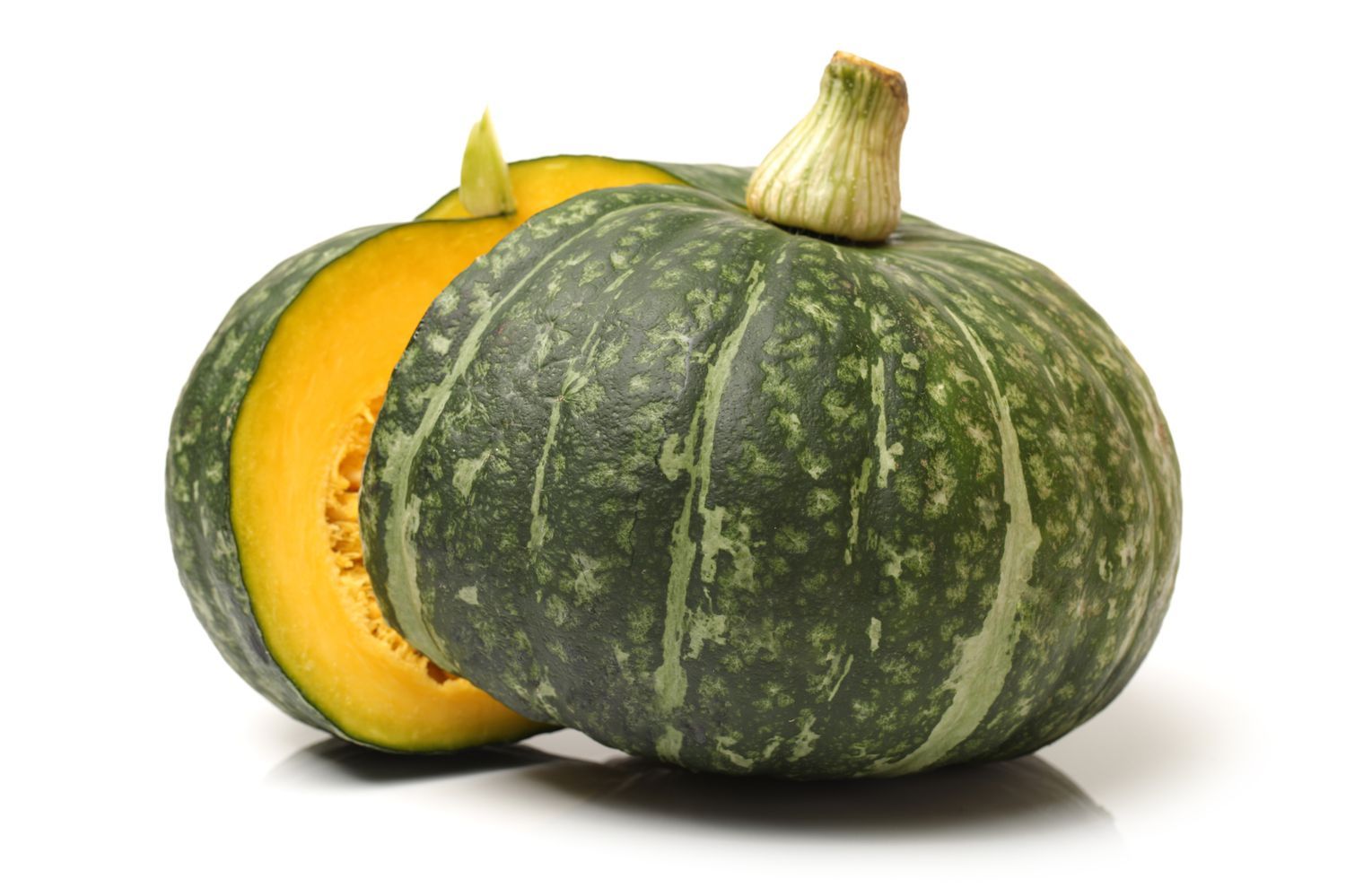
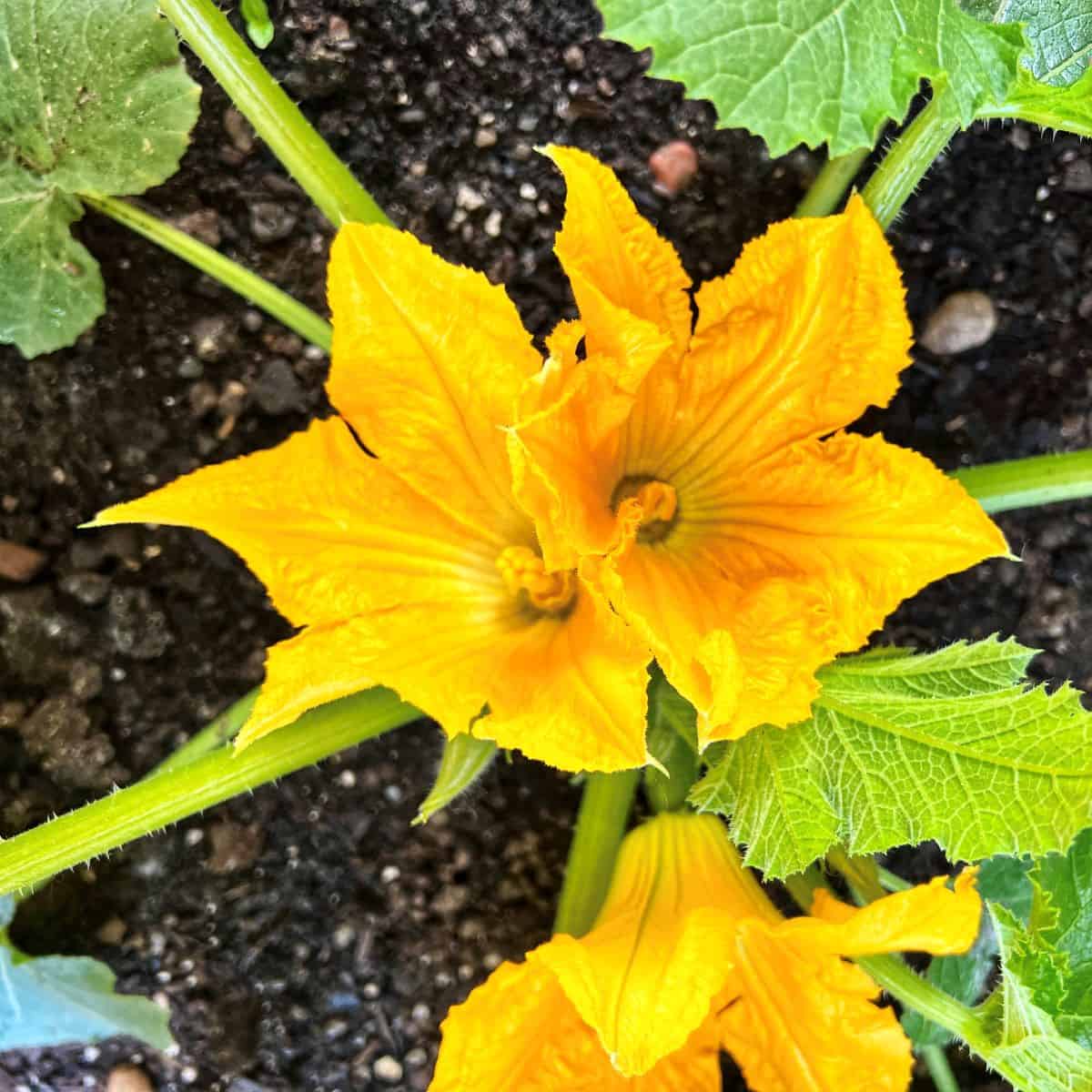
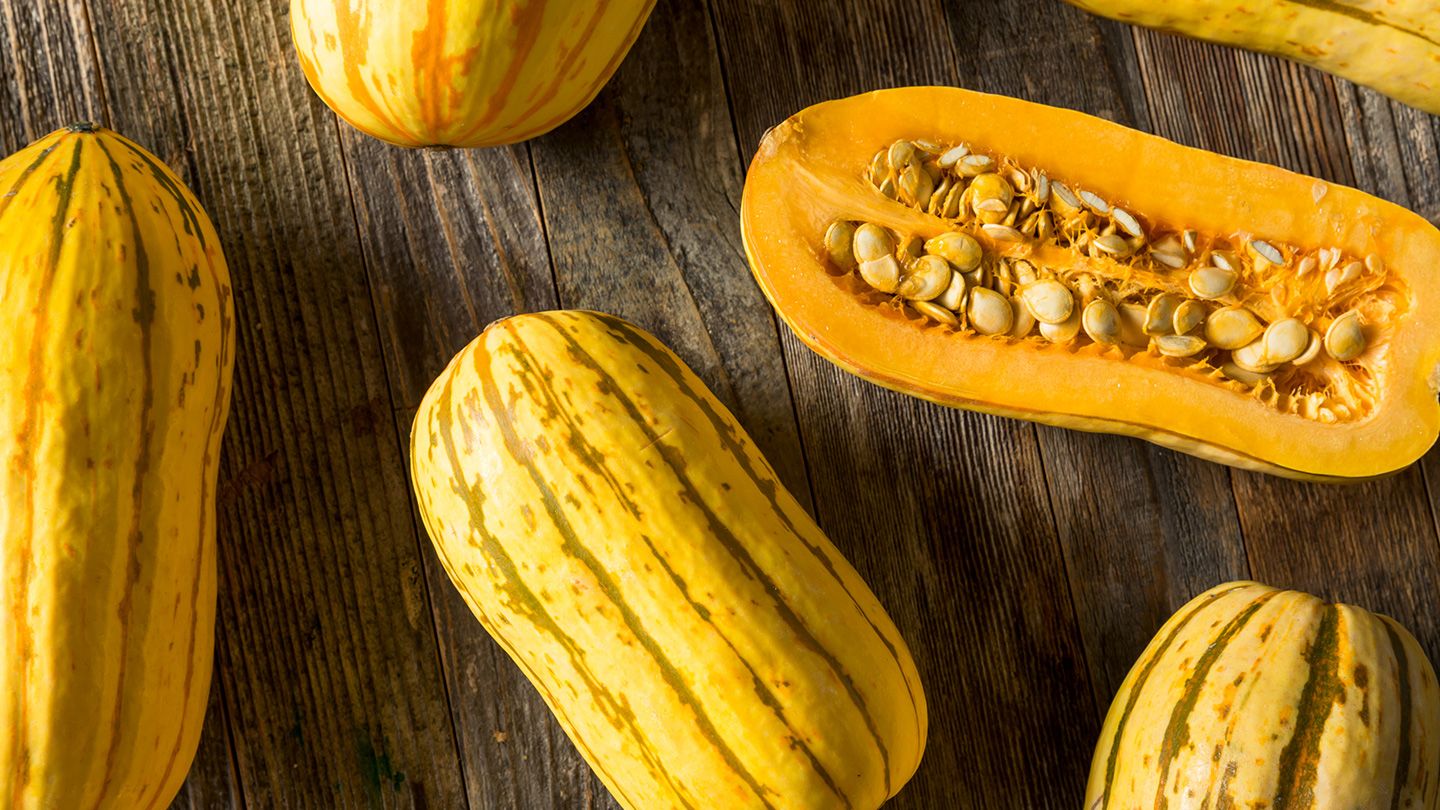
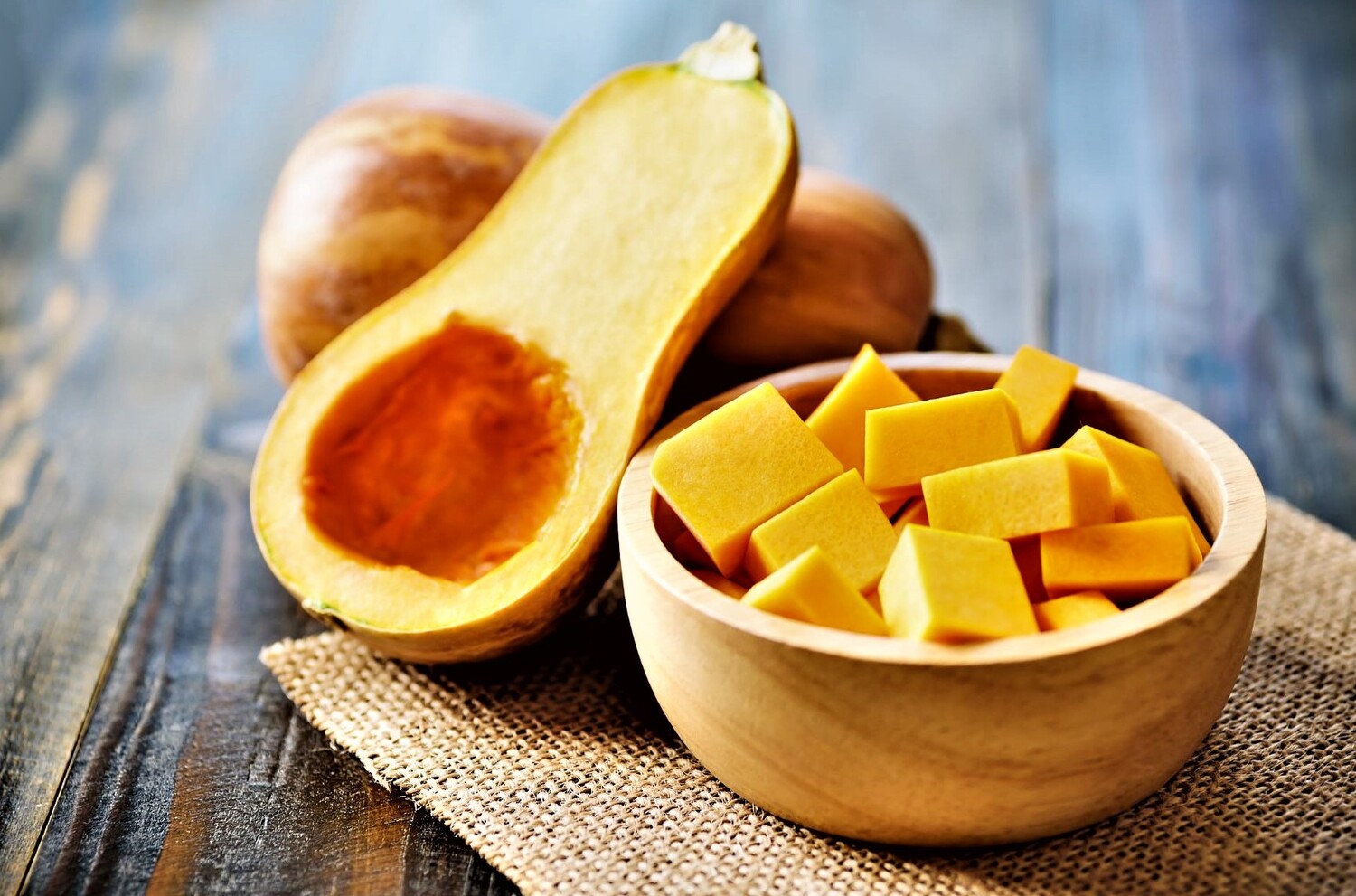

0 thoughts on “How To Store Butternut Squash”